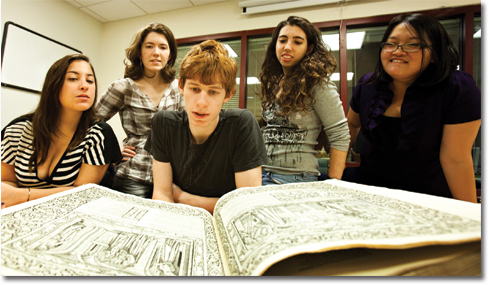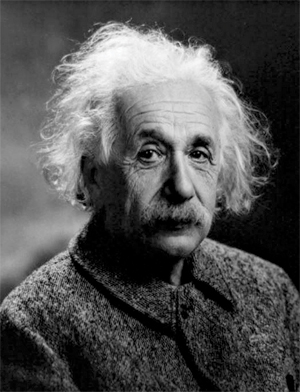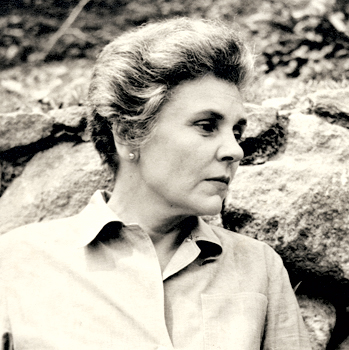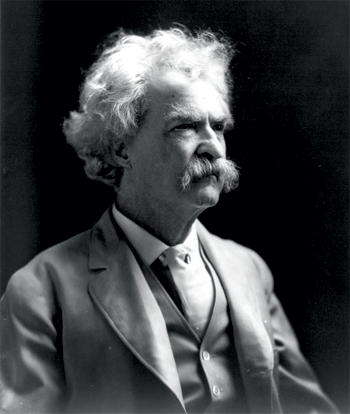Primary Sources: Unexpected Treasures
For Anouska Hamlin '10 a visit to Special Collections in the Vassar Libraries marked an important step in finding her academic passion. As a junior, the history major from Pasadena, California, was a student in the course Children and Childhood in 19th Century Britain, taught by Associate Professor Lydia Murdoch '92. As with a surprising number of Vassar classes, Murdoch's students were able to utilize Special Collections — in this case, to examine early 19th-century religious tracts aimed at teaching children how to be good Christians.

“To have access to those made a huge difference,” says Hamlin, whose fascination about what was then expected of children and those who looked after themled her to write a paper on the lives of governesses in Britain—which she is expanding to her senior thesis. “Looking at them, I learned things you wouldn’t get from a modern print edition or online.” For example, the tracts are very tiny, as they were intended to be held in children’s hands—a difference Hamlin found arresting “compared to children’s books today, which are so huge”; they were also printed on cheap paper, the better to make them accessible to the working classes.
“I can see the students come alive as the history comes alive in their hands,” says Murdoch, who returned to Special Collections recently with students from another course, Victorian Britain; they were there to study the guiding light of the Arts and Crafts movement, writer William Morris. “They were touching a book William Morris himself may have touched,” she recalls. “Holding a leather-bound first edition of handmade paper offers you a completely different access to history. Using Special Collections is one of the best ways to do that, to get to the physicality of Victorian culture. It gets to the heart of what Vassar’s mission is. By teaching students how to work with original sources, rather than just textbooks, they’re learning how to be historians.”
“We’re very focused on integrating Special Collections into the curriculum,”says Ronald Patkus, associate director of the libraries for special collections. He notes that class participation takes two basic forms: some courses meet in Special Collections for every class session, and others meet there one or more times a term. Although History and English may be the departments most obviously poised to take advantage of this access, Patkus observes that among the 20 to 30 classes that meet in Special Collections each term, recent visitors have come from departments as diverse as Religion, Art, Education, Classics, French, Geology, Hispanic Studies, Biology, Anthropology, Environmental Studies and Science, and Technology and Society.



Special Collections at Vassar actually consists of three categories. Rare Books encompasses a collection of 30,000, a good size for a liberal arts college. College Archives ranges from official records to materials prepared by students such as scrapbooks and diaries, offering, in Patkus’s words, “a wider window on the history of Vassar.” Manuscripts comprises some 300 collections, including papers of such famed Vassar graduates as Mary McCarthy ’33 and Elizabeth Bishop ’34, but also some unexpected collections, such as the Albert Einstein papers, a gift from Adele Gabel Bergreen ’44, and the Mark Twain family papers, a gift from his great-niece, Jean Webster 1901.
“Over and over again, people are amazed at the unexpected treasures they find here,” Patkus says—whether it’s a full set of Audubons (fewer than 100 of which exist), three of the four Shakespeare first folios, pages of a Gutenberg bible, or countless equally important if less celebrated works. “The tradition of going to the source really is alive and well at Vassar.”
—Lance Ringel
Photo Credits: Classroom shot, Evan Abramson; Archival shots, Courtesy of Special Collections, Vassar College Libraries
Have comments about this article? Email vq@vassar.edu
